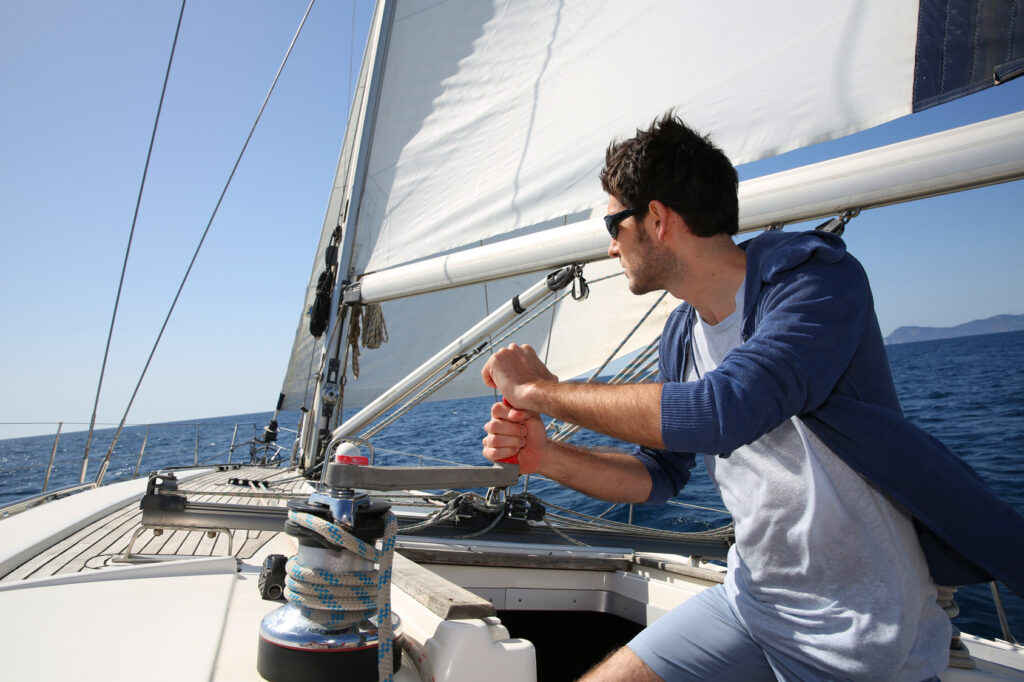‘What’s your name again?’, would most probably be the first question asked from both sides right after casting off. Then the magic begins. After safety briefing and a few words about voyage plan, it is time to exchange a few personal information. Skippers’ conversation skills are one of the most important virtues when it comes to hiring a good skipper. Apart of being excellent sailor and responsible seafarer, a good skipper should be able to create relaxed and pleasant atmosphere onboard and somehow entertain clients.

Discussing such moments with my fellow skippers, I noticed some patterns which might be organized as Frequently Asked Questions (FAQ) for skippers. One of my colleagues even printed out his list of answers to skippers’ FAQ. He did it for fun because he was fed up with answering the same questions at the beginning of every week in the sailing season. However, I found it interesting to share it with you, not to minimize the conversation, but to make it more interesting on your next sailing holidays this summer.
‘What is the top speed of a sailing yacht?’
When it comes to sailing yachts, it is very difficult to give a straight answer about speeds. First of all, the speed depends on so many factors on which there are only a few that we can have influence. Those factors are the wind speed, the angle between heading and direction of the wind, the shape of hull(s), the shape and the material of sails, the state of sea, yacht’s weight, etc.
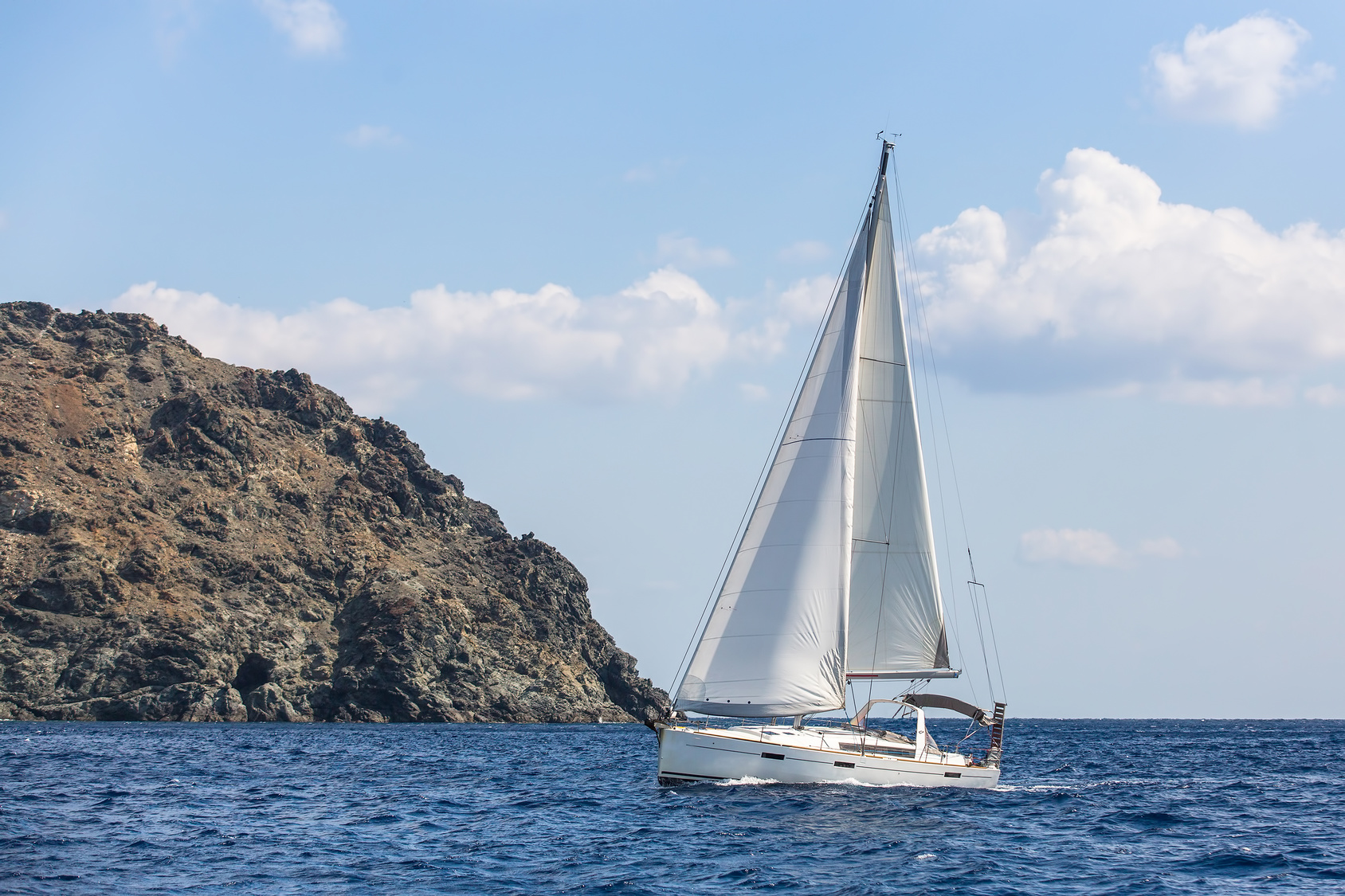
Last but not least is the skipper and his ability to manoeuvre the boat and handle the sails and crew. When asked such a question, the skipper can only answer about the top speed of the boat he is currently sailing in those very conditions. ‘What is the top speed that you ever gained under the sails?’ is what usually follows.
‘What do you prefer: sailing yachts or motor yachts?’
One of the ‘old boys’ once said that a speedboat is the vehicle that takes you from point A to point B. Sailing is the lifestyle philosophy. I found sailing much more natural, and I like feeling the balance between myself end the elements around me – the sea and the wind. When on motor yacht, I always feel a bit like pushing too hard and being an intruder in the nature.
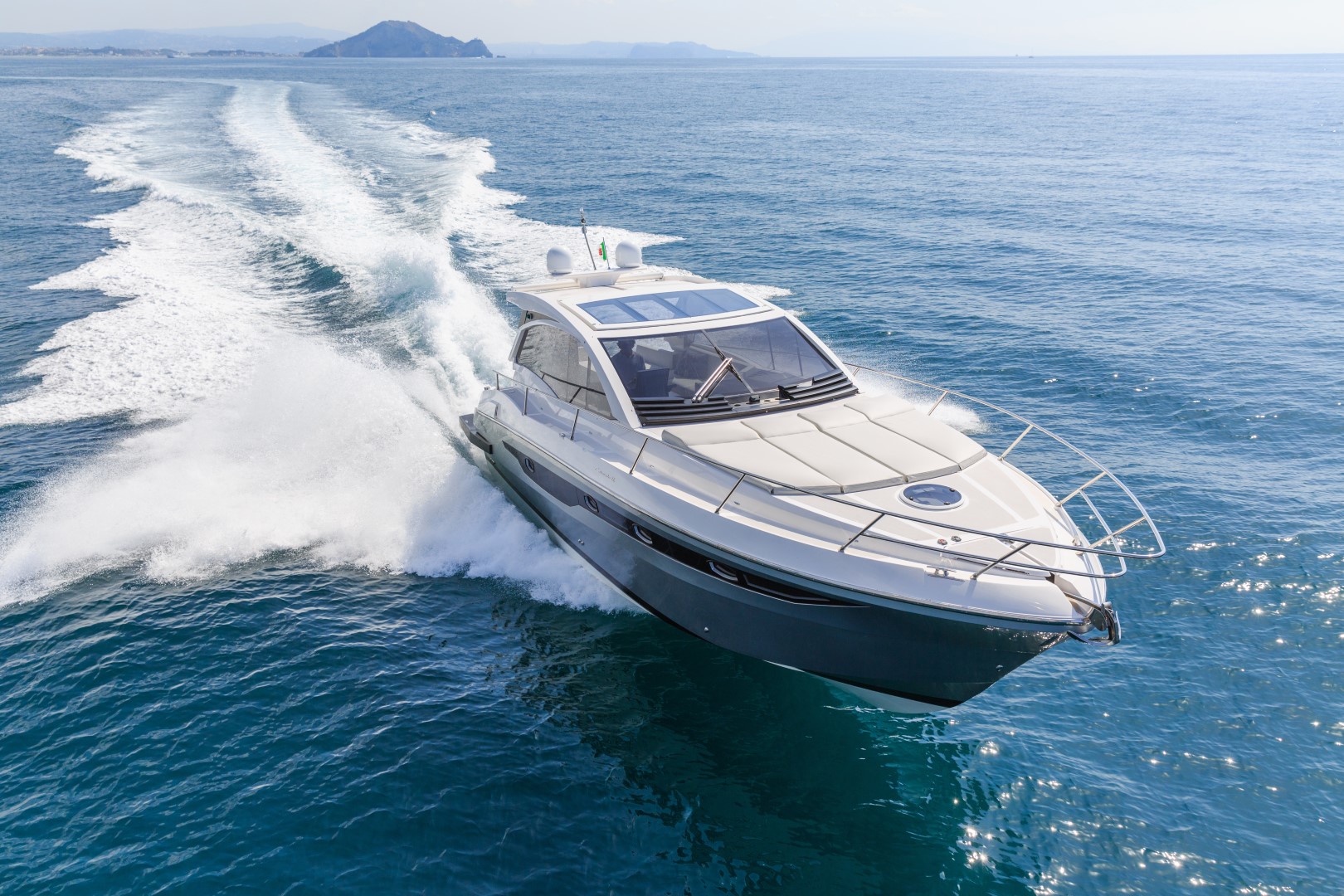
‘What is your favorite boat?’
This is a very delicate question. Not because the answer depends on personal taste, but because it is very easy to get trapped by your own answer. My favorite boats are classy, elegant, fast and comfortable – Danish X-Yachts and Italian Solaris. When I explained my choice, my clients nearly regretted taking sailing holidays because they understood that I did not like the boat we were currently sailing on. That is not what I wanted to say. Mentioned yachts are in the range of luxury, nearly exclusive yachts which are usually designed and custom made for private use.
Charter yachts are also safe, comfortable, many times fast and elegant too, but yacht charter industry does not go for such delicate and exclusive boats such as X-Yachts or Solaris, first of all for their price. However, there are some rumors about my favorite yachts offered to charter in the Croatian Adriatic in 2018. I have already written about Solaris in my previous post, and I will dig the story about X-Yachts and share it with you in one of my following posts.
‘How much more to our next destination?’
Unfortunately, there is no straight answer again. A skipper can only give an exact answer if he is motoring and maintain the constant speed. Under sails, the speed can be changed due to wind speed oscillations or laziness of the crew.
‘How deep is it here?’
The Croatian Adriatic where I sail the most is not very deep sea. The deepest areas where charterers sail the most are not deeper than 100-120 m. The deepest areas are between remote islands. The depth is more relevant when anchoring, which usually takes place in calm bays, and is not deeper than 10-12 m.
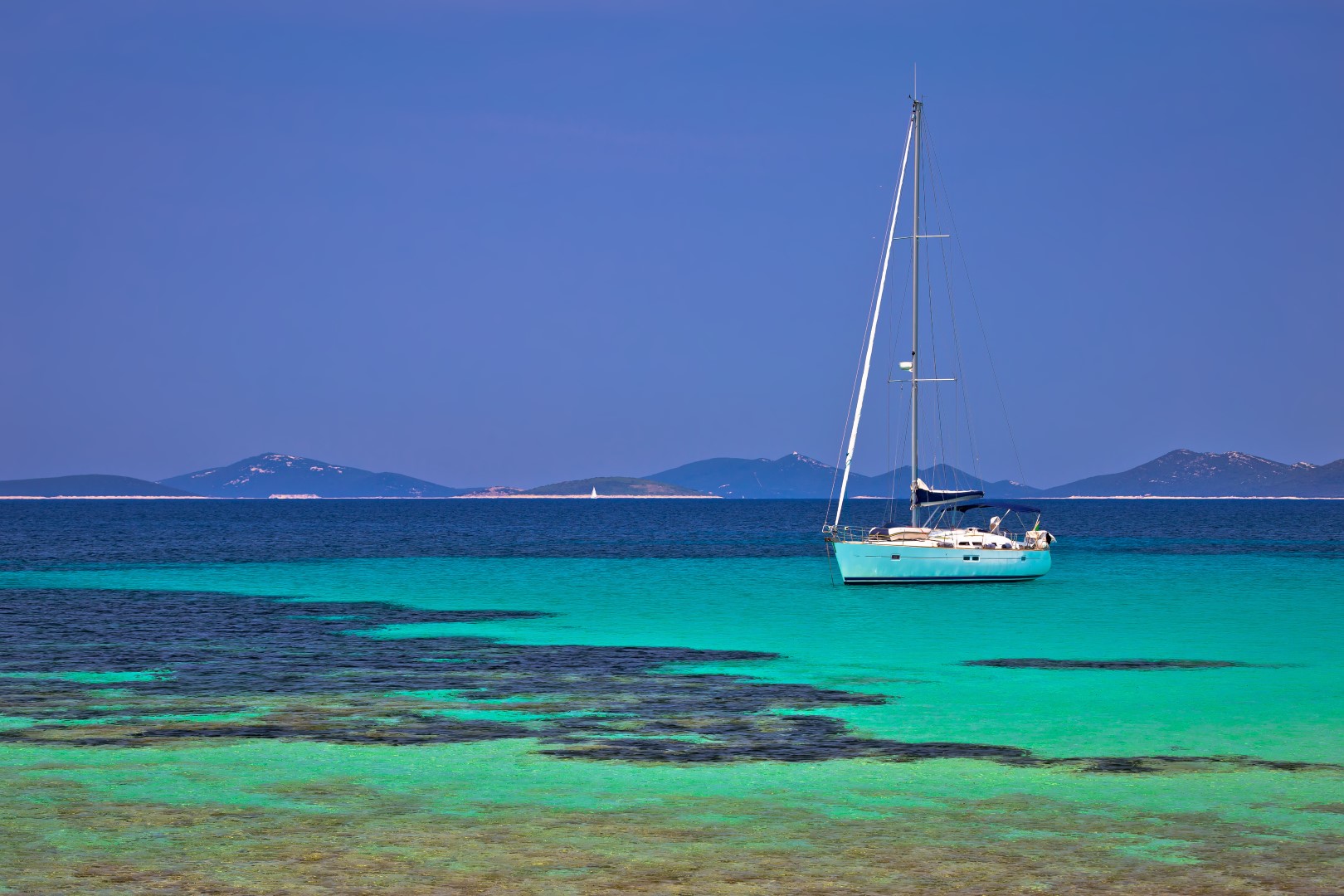
‘How many days off do you have per week?’
The usual answer is – none. Most of skippers are working seasonally, which means that they change clients (very often the yacht, too) every week. They have literally a few hours free between leaving one group and joining the next one. Some skippers who have many weeks booked take one week off every month. That is the time to spend with their families and to recharge batteries for the next cruise. Some skippers make some 20 weeks per season nonstop.
‘What is your real job?’
The answer to this question may differ from skipper to skipper. Many of them are sailing as their part-time job. That is the case for those who are sport teachers working in schools. They use summer break for extra job being a skipper. The others work as full time professional skippers, so they spend a lot of time onboard.
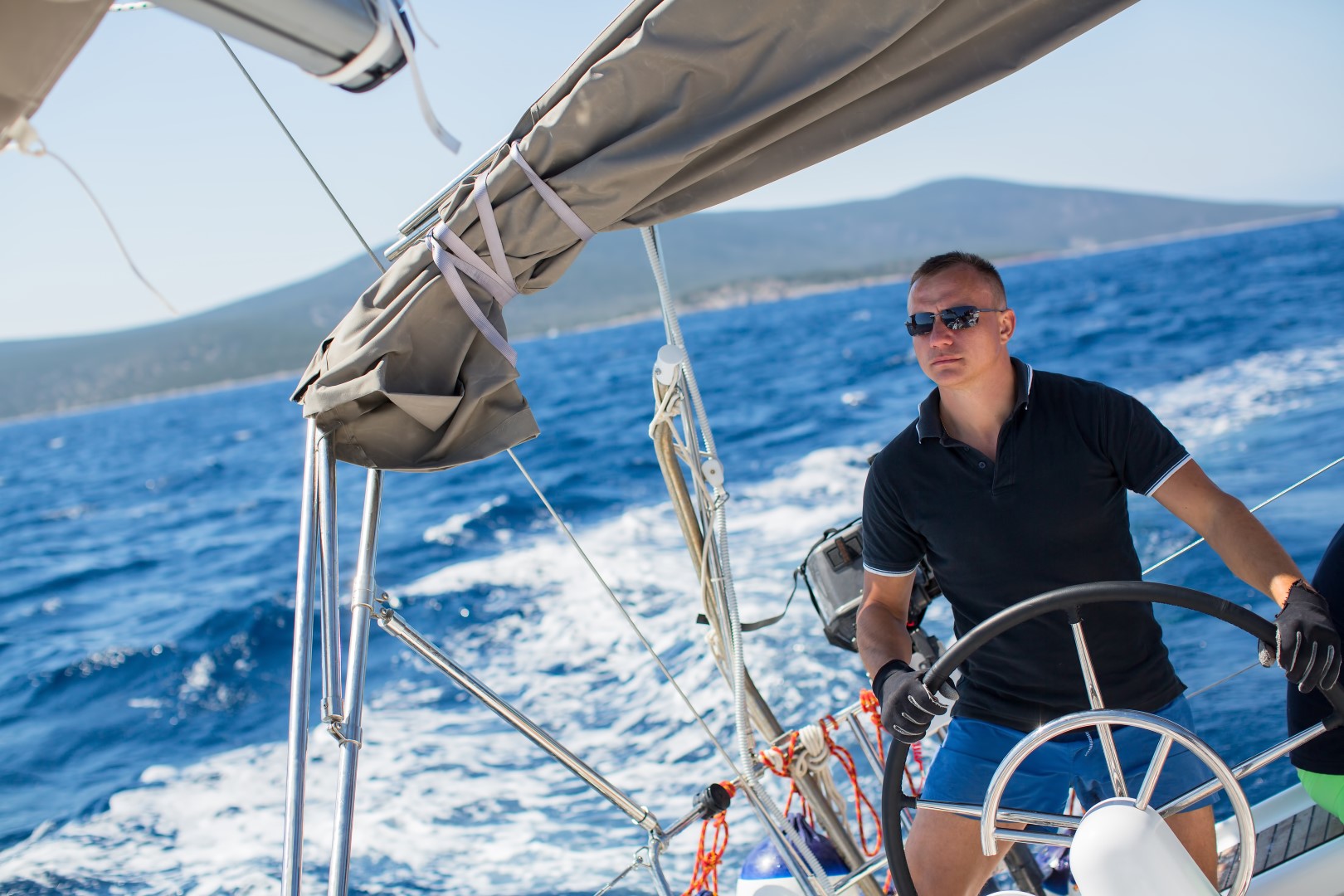
‘What do you do in winter?’
I do not remember a single week in many years of sailing without being asked about my time in winter. Here we come to the most interesting answer. I already mentioned those skippers that work in schools, so skippering is their part time job. Freelance kinesiology graduates combine sailing with skiing, so they act as skiing teachers in winter. Full time professional skippers extend their season organizing sailing events, such as team building sailing trips, corporate sail races or sailing schools and skipper drill courses. Some of them attend sail races – some just for fun, some again as professionals.
Quite a few of my fellow skippers are in yacht delivery business. It is about transferring new boats from factories to yacht charter bases. Since yacht charter business in Croatia is still growing, so are the yacht charter fleets. Obviously, there is enough work during winter since brand new yachts are already being offered for the next sailing season. Some skippers are willing to do more attractive achievements, so they transfer the yachts over the Atlantic. Europe’s winter season has an attractive sailing season at the Caribbean, so after delivery many skippers spend their winter doing the same as during summer in Croatia.
In my case, the situation is quite extraordinary. I decided to spend late autumn and early winter at the yacht charter base. I wanted to see what is going on in the base when there are no tourists and the usual summer fuss. Theoretically, it is the time when the boats are getting repaired from past summer and prepared for the next one. Some call it ‘wintering’. I will share my experience in one of my next posts, so keep following the blog if you are interested in what is going on behind the curtain.
‘Can this boat capsize?’
Every boat can capsize, but sailing yachts and catamarans offered for charter are designed to be quite stable. Monohulls incline when sailing, but the keel and rigging and the ratio between forces make it quite difficult to capsize just like that. If it comes to capsizing, it is most probably because some extreme situation or a malfunction of yacht’s instruments and vital parts.
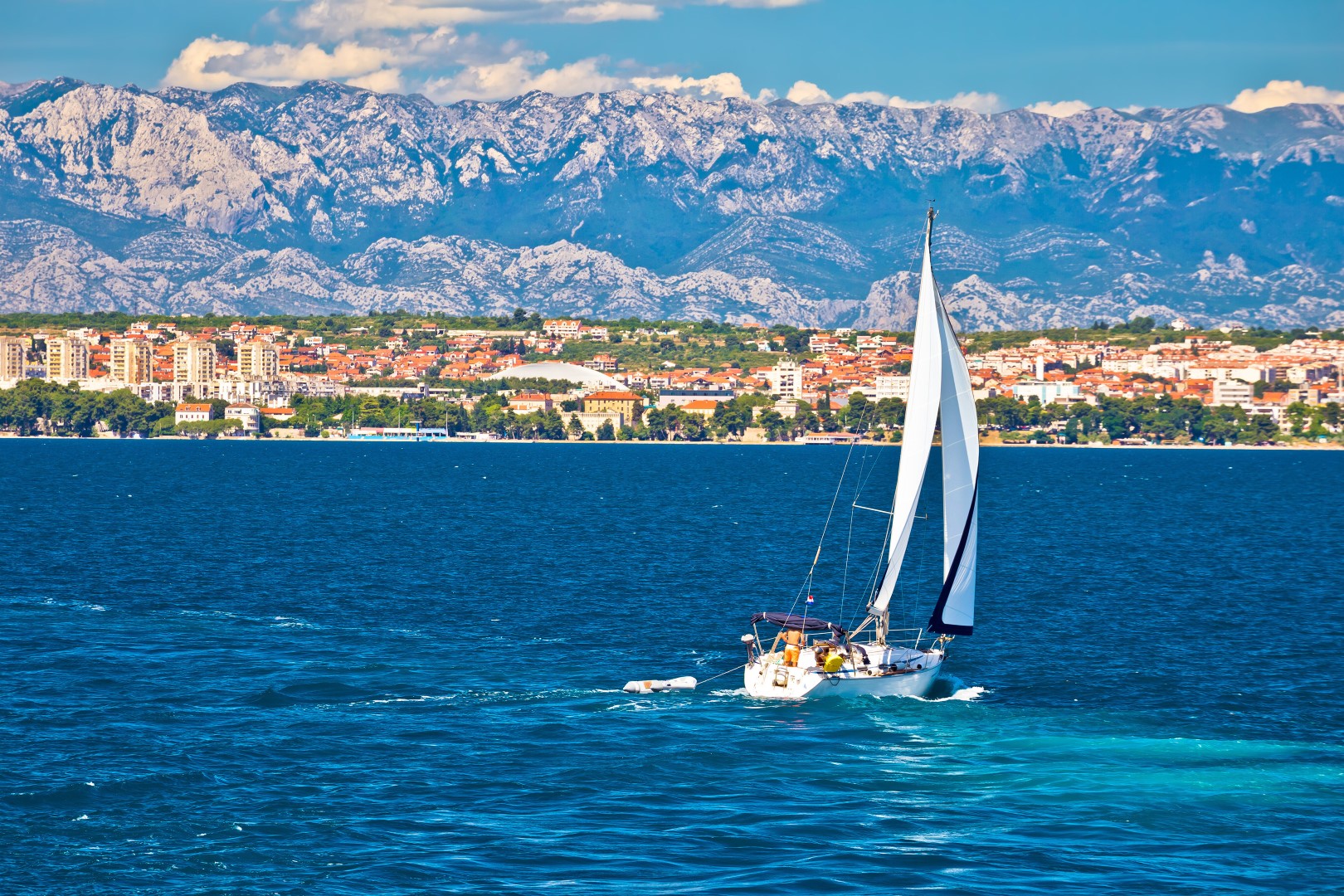
‘Are there sharks here?’
According to the Shark Research Institute, there are around 400 different species of shark in the world. Only 20 of them live in the Adriatic, while only two are potentially harmful to humans. According to the same institute, the Adriatic is totally safe from sharks. I have only seen some on the fish market and those were so small and cute (and delicious after my mom’s treatment in the kitchen) that it was impossible to be dangerous. However, statistics say that nine people have died of shark attacks in the Croatian Adriatic – in the past 150 years. Conclusion: do not worry about sharks in the Adriatic.
‘Can we do night sailing?’
Theoretically yes, but many charter agencies ban night sailing for safety reasons. It is because they do not trust amateur skippers and their skills. It is very difficult to react in the night in case of an accident, both for coast guards and charter agency technical support. Experienced amateur skippers do not ask that question – they do it on their own if necessary.
When it comes to a hired skipper, the deal is usually done with the clients. It is possible if weather conditions are favorable, and if enough sleep and rest is provided before and after doing night shifts. In reality, the crew is very excited about romantic night sailing – but just for the first hour. When everybody goes to sleep, a skipper has to finish the night cruise alone.
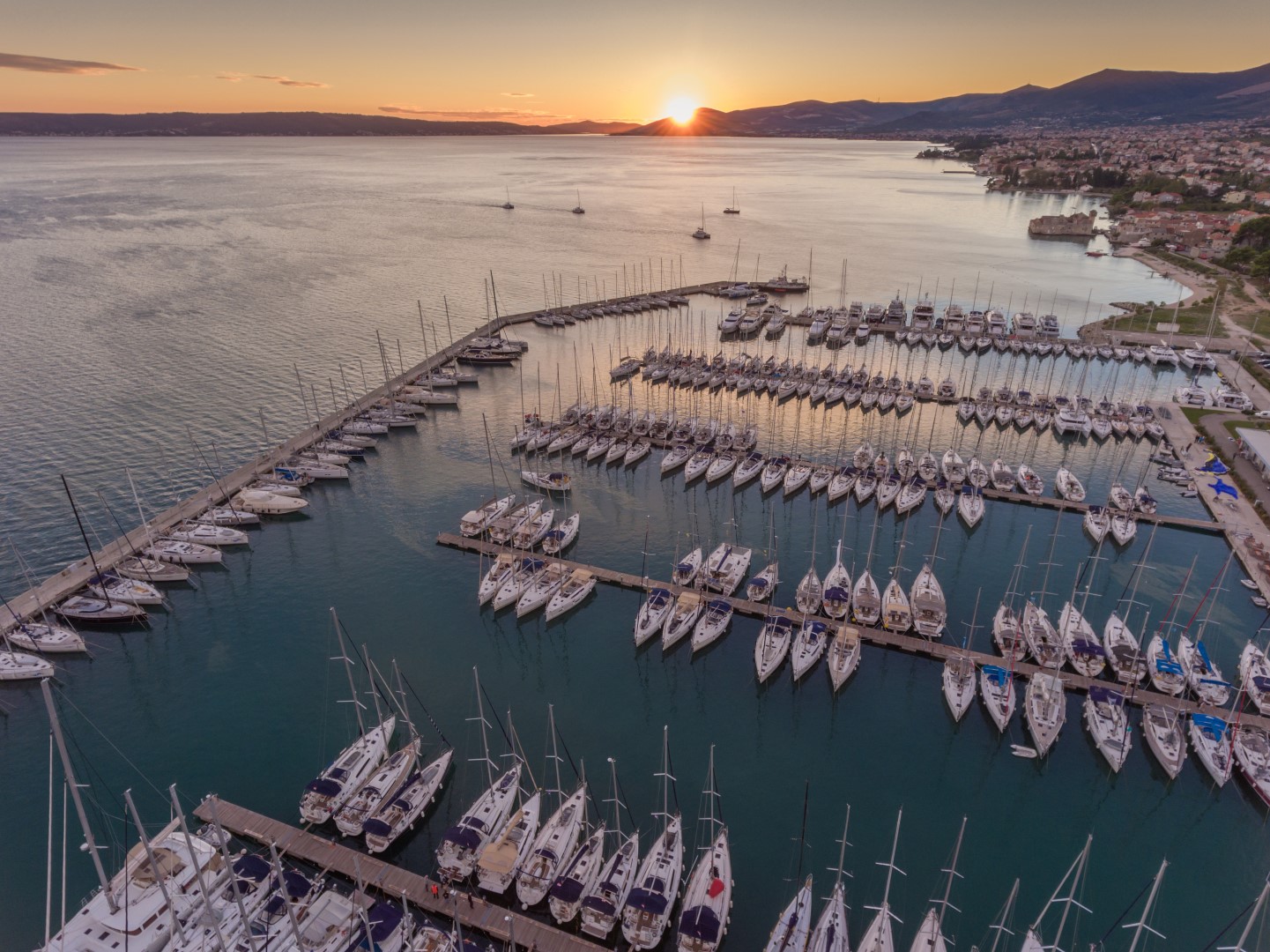
‘Can we come back to the base on Saturday morning?’
This is a very important question and is not always a skipper’s call. Read terms and conditions of your charter contract carefully. Many charter companies insist on returning to the base on Friday afternoon/evening. In that case, arrival to the base is not negotiable. If the agency allows Saturday early morning return, keep in mind a few facts.
Calculate the distance between the base and your last stay overnight because late return can be fined. Do not forget to load the fuel before you get back to the base – that takes time, so calculate working hours of the gas station and estimate the traffic. Last but not least, you must be certain there are no damages on the yacht, so the marina staffs has no major repairs before the boat is given to next clients.
This is the list of the most frequently asked questions to skippers. In general, they can differ a little, but I believe clients’ major concerns are covered by this text. On the other hand, I am certain that there is more to be asked, so do not hesitate to communicate with your skipper. I expect this list to be expanded, so sailing trips can be more interesting to both clients and skippers. At least, my colleagues could not make the FAQ list so easily.
I wish you calm seas, fair winds and a strong mast!

